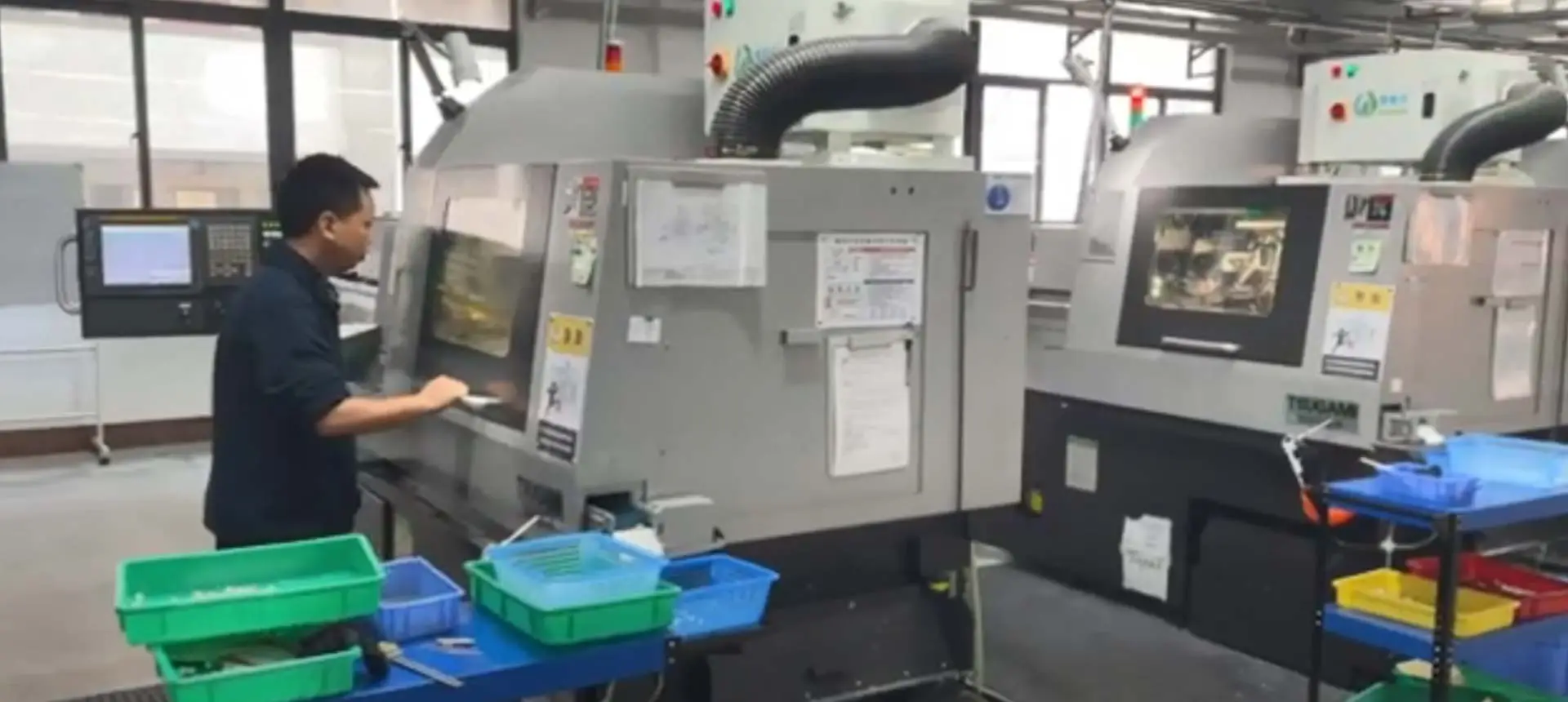
Токарная обработка с ЧПУ-это процесс, в котором токарный станок используется для формирования сырья в готовый продукт. Новейшие технологии для токарных деталей с ЧПУ включают в себя использование передовых программных и аппаратных систем, которые обеспечивают более быстрое, точное и эффективное производство. Эта технология включает в себя системы мониторинга и обратной связи в режиме реального времени, которые позволяют операторам настраивать параметры обработки на лету, а также передовые решения по оснастке и удерживанию заготовок, которые повышают жесткость и сокращают время настройки. Кроме того, интеграция систем автоматизации и робототехники в токарные операции с ЧПУ становится все более распространенной, что обеспечивает еще большую производительность и экономию средств. В целом, новейшие технологии токарных деталей с ЧПУ революционизируют обрабатывающую промышленность за счет улучшения качества, сокращения времени выполнения и увеличения пропускной способности.
Достижение точности с помощью токарных деталей с ЧПУ требует сочетания факторов, включая передовые технологии станков, высококачественную оснастку и квалифицированных операторов. Ключом к точности является тщательное планирование и выполнение процесса обработки с акцентом на оптимизацию параметров резания, минимизацию износа инструмента и обеспечение правильной настройки и выравнивания заготовки. Кроме того, постоянный мониторинг и меры контроля качества необходимы для поддержания точности и согласованности на протяжении всего производственного процесса. Благодаря правильным инструментам, методам и опыту токарная обработка с ЧПУ может обеспечить высокий уровень точности и точности размеров даже для самых сложных деталей.
В области обработки с числовым программным управлением (ЧПУ) два фундаментальных процесса, токарная обработка и фрезерование, играют ключевую роль в формировании сырья в высокоточные компоненты. Понимание ключевых различий между токарной и фрезерной обработкой с ЧПУ имеет решающее значение для производителей и инженеров, стремящихся оптимизировать свои процессы обработки и добиться превосходных результатов. В этой статье мы углубимся в отличительные особенности токарной и фрезерной обработки с ЧПУ, проливая свет на их применение, методы и преимущества.
Поворачивать КНК: Поворачивать подвергая механической обработке процесс главным образом используемый для цилиндрических компонентов. Во времяОбработка нержавеющей стали с ЧПУ, Заготовка вращается на шпинделе, а режущий инструмент проходит вдоль оси вращения, формируя материал. Этот процесс идеально подходит для создания деталей, таких как валы, штифты и цилиндрические поверхности.
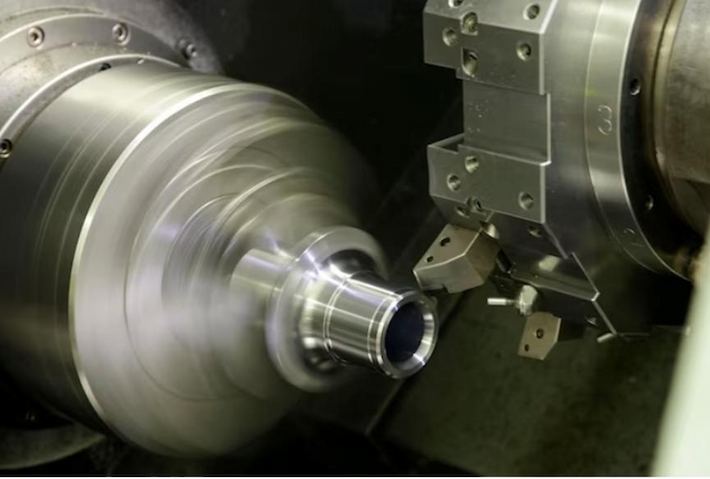
Фрезерование с ЧПУ: фрезерование, с другой стороны, включает в себя удаление материала с заготовки с помощью вращающихся фрез. Заработка остается неподвижной, в то время как инструмент фрезерного станка перемещается по нескольким осям для создания сложных форм, пазов и отверстий. Фрезерование с ЧПУ универсально и применимо к широкому диапазону геометрии.
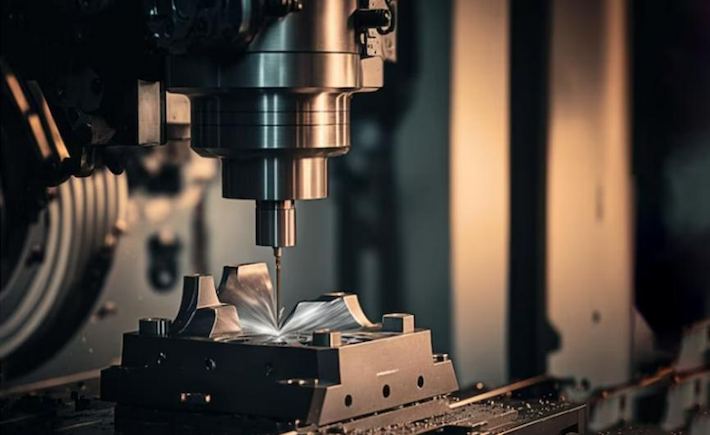
Токарные станки с ЧПУ: Токарные станки, также известные как токарные станки, имеют горизонтальную или вертикальную ориентацию шпинделя. Заработка зажимается на шпинделе, который вращается, позволяя режущему инструменту двигаться параллельно оси вращения.
Фрезерование с ЧПУ: фрезерные станки могут иметь вертикальную или горизонтальную ориентацию шпинделя. При вертикальном фрезеровании шпиндель ориентирован вертикально, в то время как при горизонтальном фрезеровании шпиндель расположен горизонтально. Это различие допускает различные подходы к резке.
Токарные станки с ЧПУ: Токарные инструменты-это обычно одноточечные инструменты, которые режут материал по мере вращения заготовки. Инструмент перемещается радиально и аксиально для придания формы детали.
Фрезерование с ЧПУ: фрезерные инструменты обычно представляют собой многоточечные инструменты, а процесс обработки включает в себя как вращающиеся, так и линейные движения. Фрезерование позволяет использовать концевые фрезы, торцевые фрезы и различные геометрии инструмента для достижения конкретных результатов.
Токарная обработка с ЧПУ: Токарная обработка лучше всего подходит для симметричных деталей с вращательной симметрией. Он выделяется в создании таких функций, как канавки, конусы и контуры на цилиндрических поверхностях. Общие области применения включают производство цилиндрических компонентов, таких как втулки, валы и фланцы.
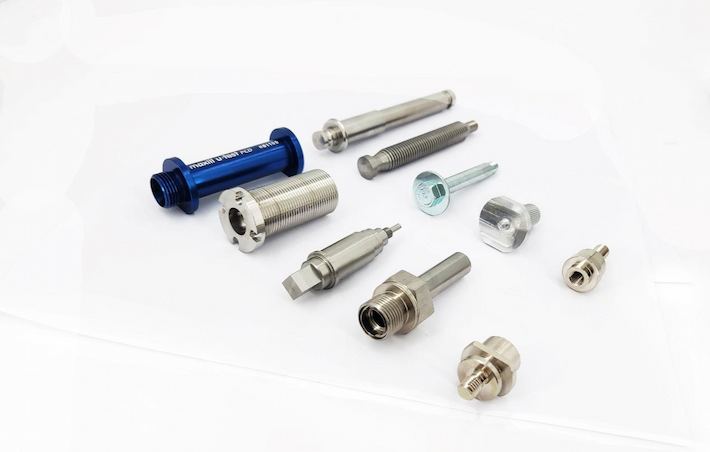
Филировать CNC: Филировать адепт на производить большое разнообразие форм, включая карманы, слоты, и сложные трехмерные контуры. Эта универсальность делает фрезерование подходящим для сложных компонентов. Фрезерование подходит для более широкого спектра применений, включая создание сложных компонентов для аэрокосмической, автомобильной и медицинской промышленности.
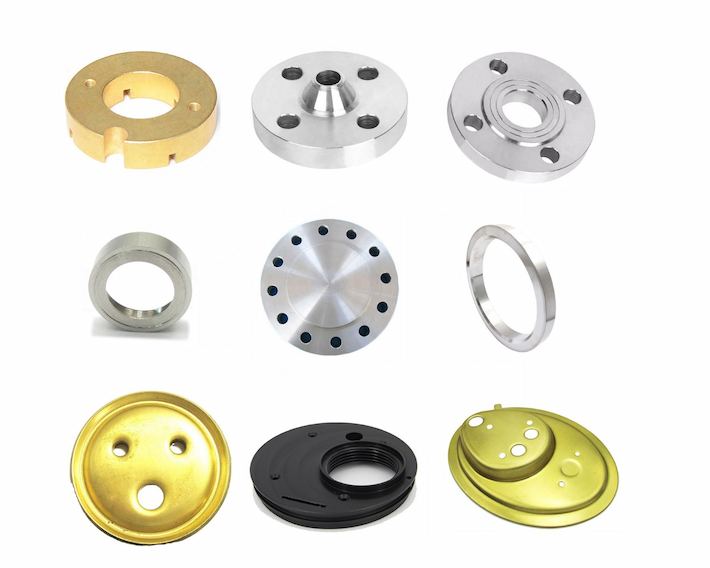
В заключение, токарная и фрезерная обработка с ЧПУ-это разные процессы обработки, каждый со своим набором преимуществ и применений. Выбор между токарной и фрезерной обработкой зависит от таких факторов, как желаемая геометрия, материал и требования к проекту. Понимая различия между токарной и фрезерной обработкой, выбор подходящего метода обработки может привести к производству высококачественной продукции.
В сфере обработки с ЧПУ, HHC () выделяется как лучший выбор для токарной обработки с ЧПУ, предлагая непревзойденный опыт и индивидуальные решения. Вот основные причины, почему выбор HHC является стратегическим решением:
Как профессионалЗавод высокоточных деталей, HHC выделяется в индивидуальной разработке пресс-форм и индивидуальном дизайне решений, предоставляя индивидуальные производственные решения. Наш опыт заключается в создании пресс-форм на заказ, обеспечивая точность и уникальность компонентов, адаптированных к вашим конкретным потребностям проекта.
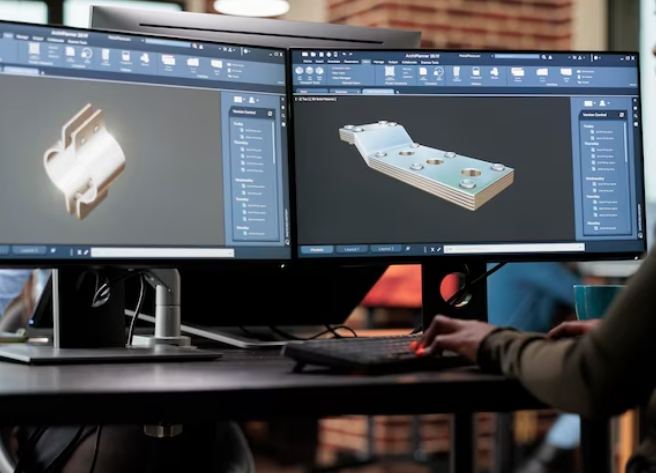
В HHC качество-наш краеугольный камень. Придерживаясь международных стандартов, таких как ISO9001, IATF16949, ISO13485 и т. Д. Мы гарантируем превосходство в каждом продукте. Наши строгие процессы контроля качества гарантируют, что каждый компонент не только соответствует, но и превосходит ожидания клиентов, устанавливая доверие и надежность.
HHC может похвастаться собственным промышленным парком, вертикально интегрирующим нашу производственную цепочку для явного преимущества в стоимости. Наши эффективные производственные процессы и вертикальная интеграция повышают производительность, позволяя нам удовлетворить ваш бюджет затрат без ущерба для качества.
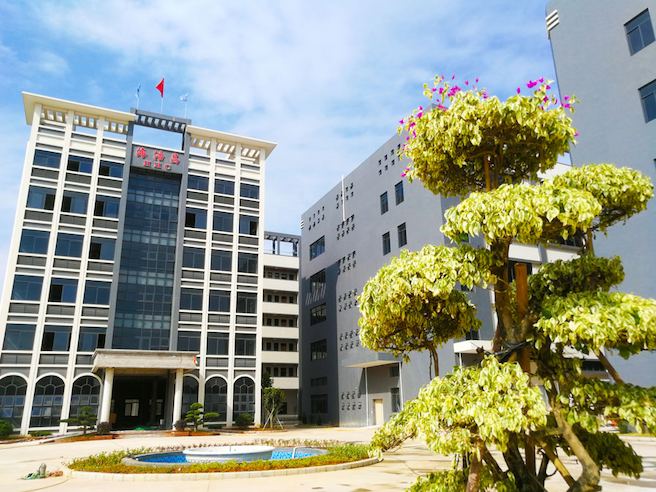
В заключение, токарная обработка с ЧПУ HHC предлагает больше, чем прецизионная обработка; это обеспечивает партнерство, основывающееся на инновациях, надежности и экономической эффективности. Выберите HHC для совместного путешествия, которое объединяет индивидуальное превосходство с непревзойденным качеством, и все это при оптимизации затрат.
В мире прецизионной обработки токарная обработка с ЧПУ-это универсальный процесс, известный своей способностью создавать различные формы с точностью и эффективностью. Вот краткое исследование форм CNC токарные может производить:
Токарные станки с ЧПУ отлично подходят для изготовления цилиндрических форм, что делает их идеальными для производства таких компонентов, как валы, штифты и втулки. Процесс обеспечивает единообразие и точность в цилиндрических профилях.
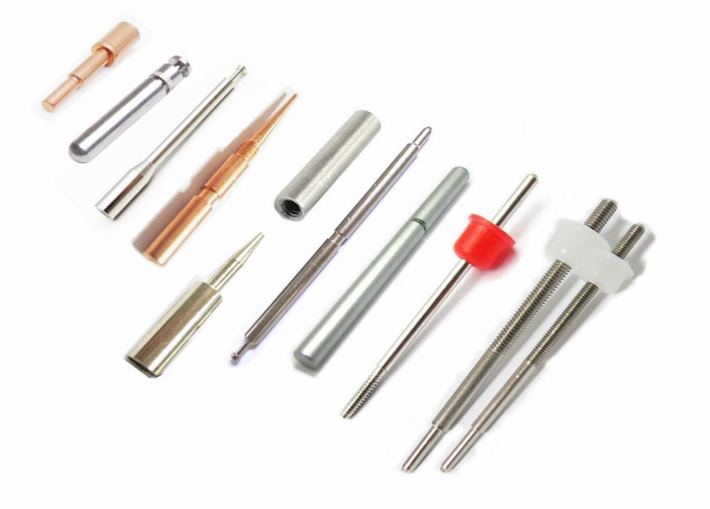
Токарная обработка с ЧПУ позволяет создавать конусы и конические формы. Эта возможность ценна для применений где части требуют постепенного уменьшения или расширения в диаметре.
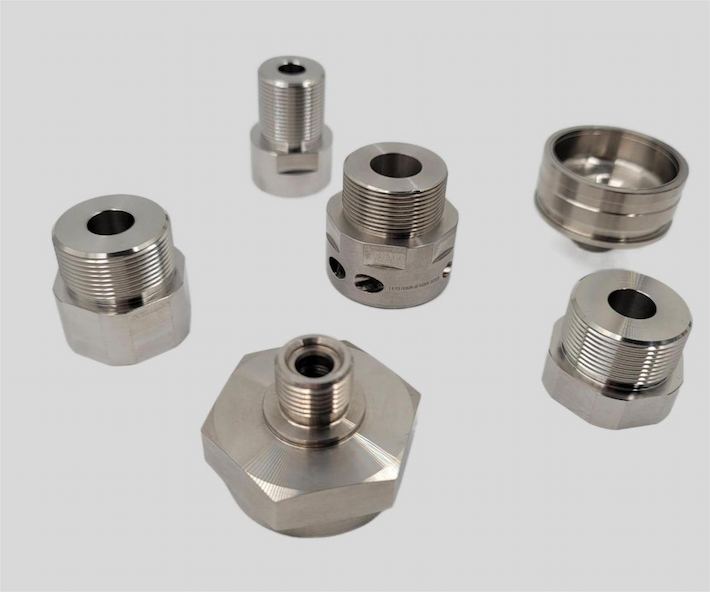
Процесс искусен в формировании сложных канавок и контуров на цилиндрических поверхностях. Это делает токарную обработку с ЧПУ подходящей для компонентов с подробными функциями, повышая как функциональность, так и эстетику.
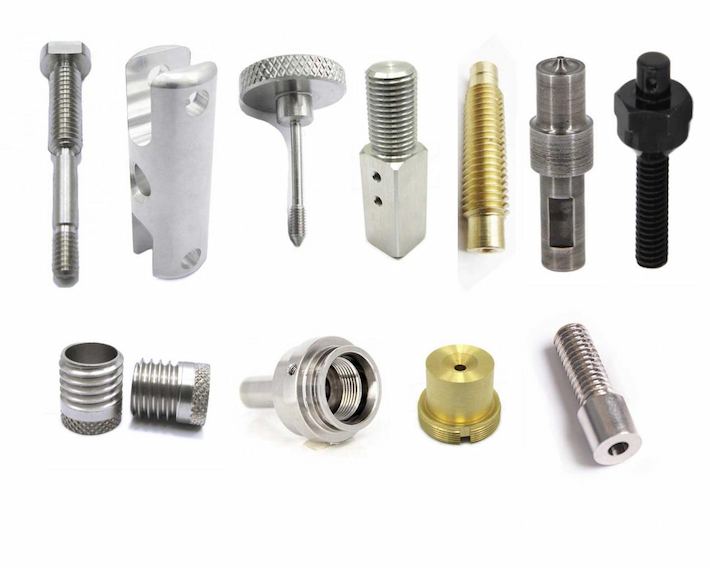
Хотя в первую очередь связаны с цилиндрическими формами, токарная обработка с ЧПУ также может использоваться для производства сферических компонентов. Эта универсальность расширяет диапазон достижимых форм.

Токарная обработка с ЧПУ может обрабатывать сложную геометрию, включая формы с различными диаметрами и сложной детализацией. Это делает его ценным процессом для создания разнообразных и индивидуальных компонентов.
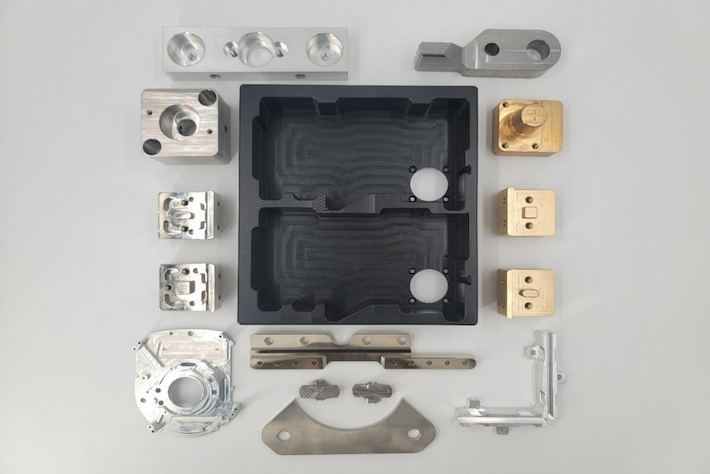
В заключение, токарная обработка с ЧПУ не ограничивается конкретными формами; его адаптивность позволяет создавать широкий спектр компонентов, начиная от простых цилиндрических форм до сложных и сложных геометрий. Точность и эффективность токарной обработки с ЧПУ делают его предпочтительным выбором для формования различных деталей в реальном времени.


